This is (almost) what I want to create:
HTML
<div class="hexagon1">
<div class="hexagon-in1">
<div class="hexagon-in2">
</div>
</div>
</div>
CSS
.hexagon1 {
overflow: hidden;
visibility: hidden;
-webkit-transform: rotate(120deg);
-moz-transform: rotate(120deg);
-ms-transform: rotate(120deg);
-o-transform: rotate(120deg);
transform: rotate(120deg);
width: 400px;
height: 200px;
margin: 0 0 0 -80px;
}
.hexagon-in1 {
overflow: hidden;
width: 100%;
height: 100%;
-webkit-transform: rotate(-60deg);
-moz-transform: rotate(-60deg);
-ms-transform: rotate(-60deg);
-o-transform: rotate(-60deg);
transform: rotate(-60deg);
}
.hexagon-in2 {
width: 100%;
height: 100%;
background-repeat: no-repeat;
background-position: 50%;
background-image: url(http://placekitten.com/240/240);
visibility: visible;
-webkit-transform: rotate(-60deg);
-moz-transform: rotate(-60deg);
-ms-transform: rotate(-60deg);
-o-transform: rotate(-60deg);
transform: rotate(-60deg);
}
The problem is, that I need a border on the hexagon and if possible I would like to place the picture inside an img-tag. I tried adding the border on either div but I only got a border on top and bottom of the hexagon because of the visibility-hidden or the overflow-hidden attribute.
This is what I've found so far while googling:
https://www.queness.com/post/13901/create-beautiful-hexagon-shapes-with-pure-css3
https://github.com/web-tiki/responsive-grid-of-hexagons
I've also found some questions concerning this matter here on Stackoverflow but neither of them explained how exactly you could create a hexagon. Also the hexagons in the examples are all standing on an edge, which is not what I want (as demonstrated in the code). I only need one hexagon and not a grid as well.
When I tried to change the styles of the examples it always ended in a desastrous chaos. This is why I would like to know how to create and to calculate the divs which are used to create a hexagon with border and a picture inside.
Which rate does the width have to the height?
How can I create a border that has the same width on each side?
Where do I have to place the picture as background-image?
How big should the picture be (in percentage to the divs)?
What transformations do you really need to create the hexagon? (I saw an example which used scale, rotate and translate to get a picture inside)
How can the rotation be calculated?
How do I calculate the margin needed?
As I am quite the novice in web-designing can someone explain this as simple as possible? It would suffice if someone can show me according to the example-code above how the numbers are calculated. I know that a hexagon has an inner angle of 120° and that's about it.
Thanks for your help in anticipation. :)
EDIT
Another page I found about hexagons but only to create the shape and not really putting either an image in it nor having a border around it:
